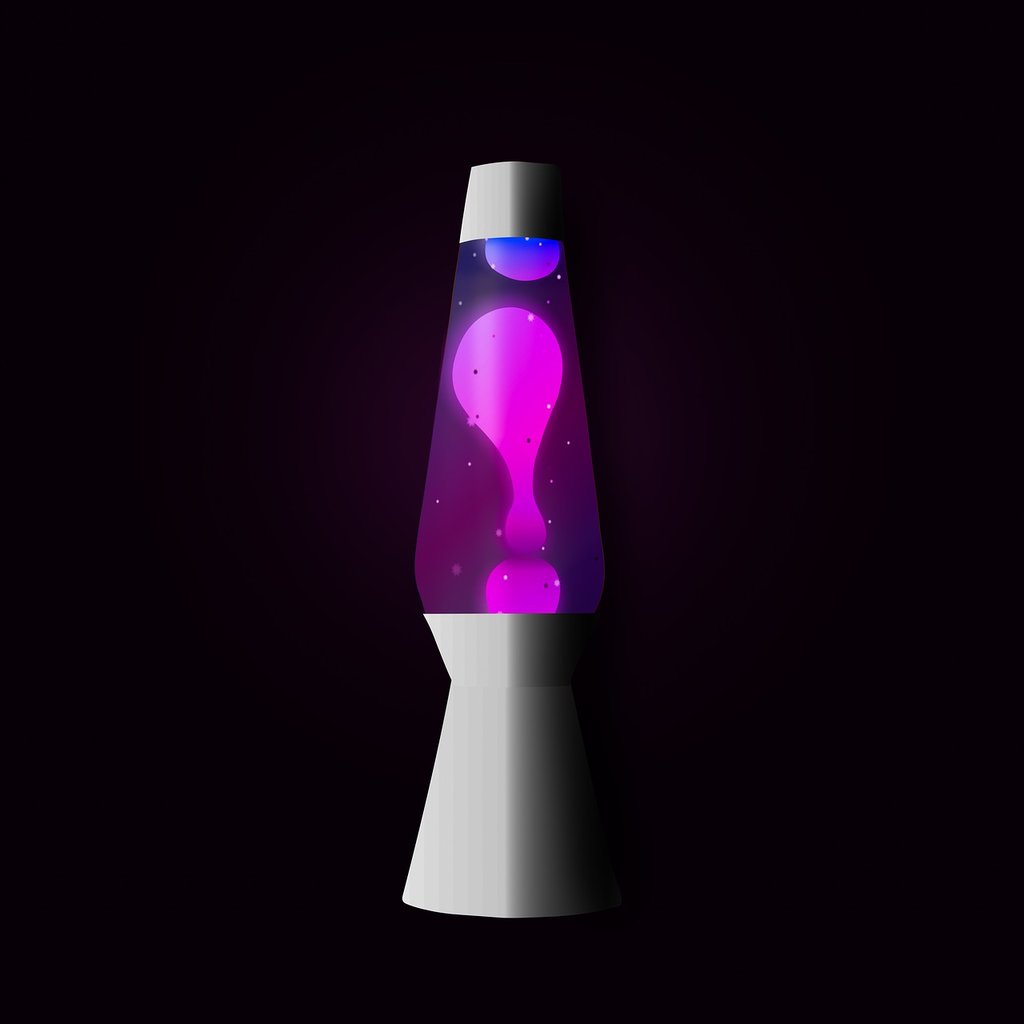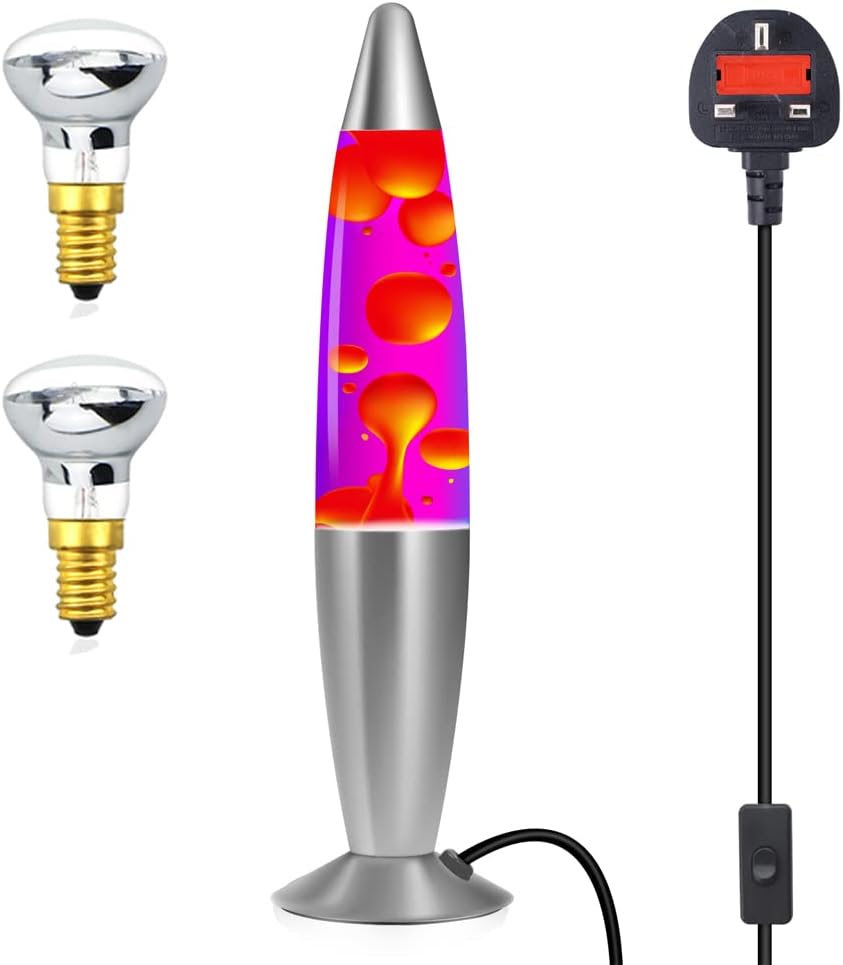Understanding the Potential Risks of Lava Lamps
Lava lamps have been a popular decorative item for many years, known for their mesmerizing and relaxing display of colorful blobs rising and falling within a liquid-filled glass container. However, as with any electrical or heating device, it is important to consider the potential risks associated with lava lamps. One common concern among users is whether lava lamps can explode. In this article, we will explore this question and provide valuable insights into the safety measures one should take when using lava lamps.
The Science Behind Lava Lamps
Before delving into the possibility of lava lamps exploding, it is essential to understand the science behind their operation. Lava lamps consist of a glass container filled with a special liquid, usually a combination of water and wax or oil-based substances. Inside the liquid, a heating element, typically a bulb, is used to generate heat and warm the wax or oil. As the heat rises, it causes the wax or oil to expand and become less dense than the surrounding liquid, resulting in the formation of blobs that rise to the top. Once the blobs reach the top, they cool down, become denser, and descend back to the bottom, creating a continuous cycle.

Potential Risks and Safety Measures
While the chances of a lava lamp exploding are relatively low, it is important to be aware of the potential risks involved. Here are some factors to consider:
Overheating and Fire Hazards
Excessive heat can be a concern when it comes to lava lamps. If the lamp is left on for an extended period, the heat generated by the bulb can cause the wax or oil to overheat, potentially leading to a fire hazard. To mitigate this risk, it is crucial to follow the manufacturer's instructions regarding the recommended duration of use. Avoid leaving the lamp unattended for long periods, especially if it is positioned near flammable materials.
Electrical Safety
As with any electrical device, it is important to ensure that the lava lamp is plugged into a properly grounded outlet. Faulty wiring or inadequate grounding can increase the risk of electrical shock or fire. Regularly check the power cord for any signs of damage, and if any issues are detected, discontinue use and consult a professional.
Physical Damage
Lava lamps are made of glass, which can break if mishandled or dropped. Broken glass can cause injuries, and if the lamp is on when the glass breaks, it may lead to additional hazards. To prevent accidents, handle the lamp with care, avoiding rough movements or impacts. If the glass does break, turn off the lamp, unplug it, and carefully clean up the broken pieces, ensuring proper disposal.
Children and Pet Safety
Keep in mind that lava lamps can be attractive to children and pets due to their unique appearance. To ensure their safety, it is advisable to place the lamp in an area that is out of reach for curious hands or paws. Additionally, make sure the cord is not easily accessible, as chewing on electrical cords can lead to serious injuries.

In Conclusion
While the chances of a lava lamp exploding are minimal, it is essential to be aware of the potential risks associated with their use. By understanding the science behind lava lamps and following the recommended safety measures, users can enjoy these decorative items without compromising their well-being. Remember to always prioritize safety and stay informed about any specific precautions provided by the manufacturer. With proper care and attention, lava lamps can continue to bring a touch of mesmerizing beauty to any space.
Relative Articles
-
How to Fix Lava Lamp Wax Stuck at Top: A Step-by-Step Guide
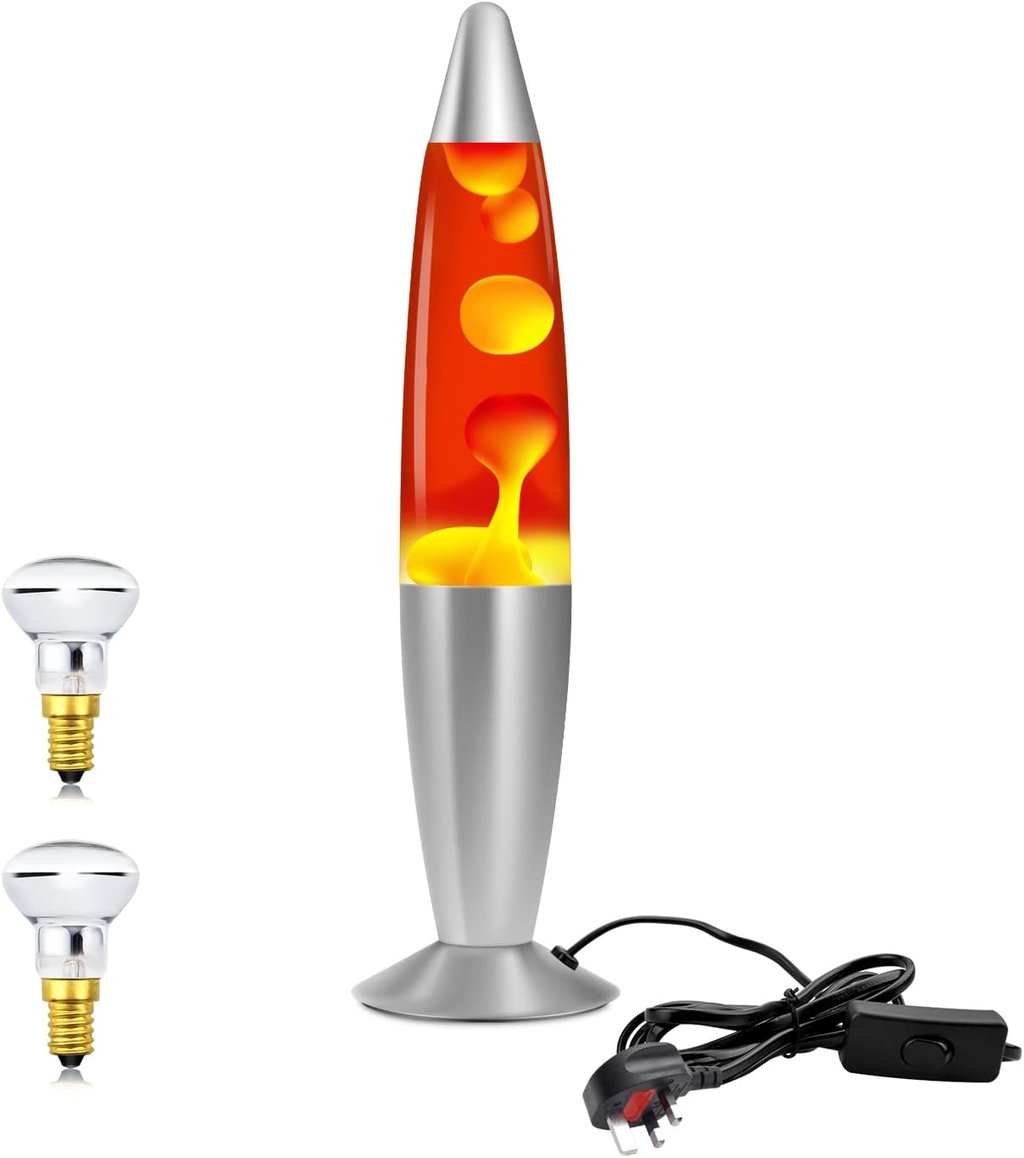
-
Why is My Lava Lamp Cloudy? Find Out Now!

-
Can I Leave My Lava Lamp on While I Sleep?
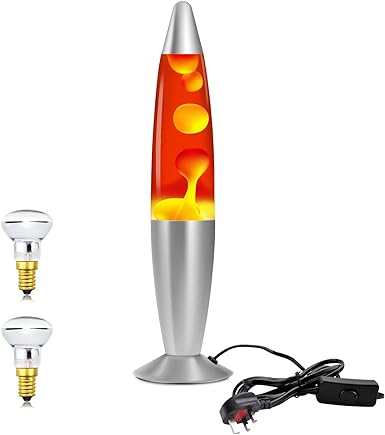
-
How to Safely Dispose of a Lava Lamp - Your Complete Guide
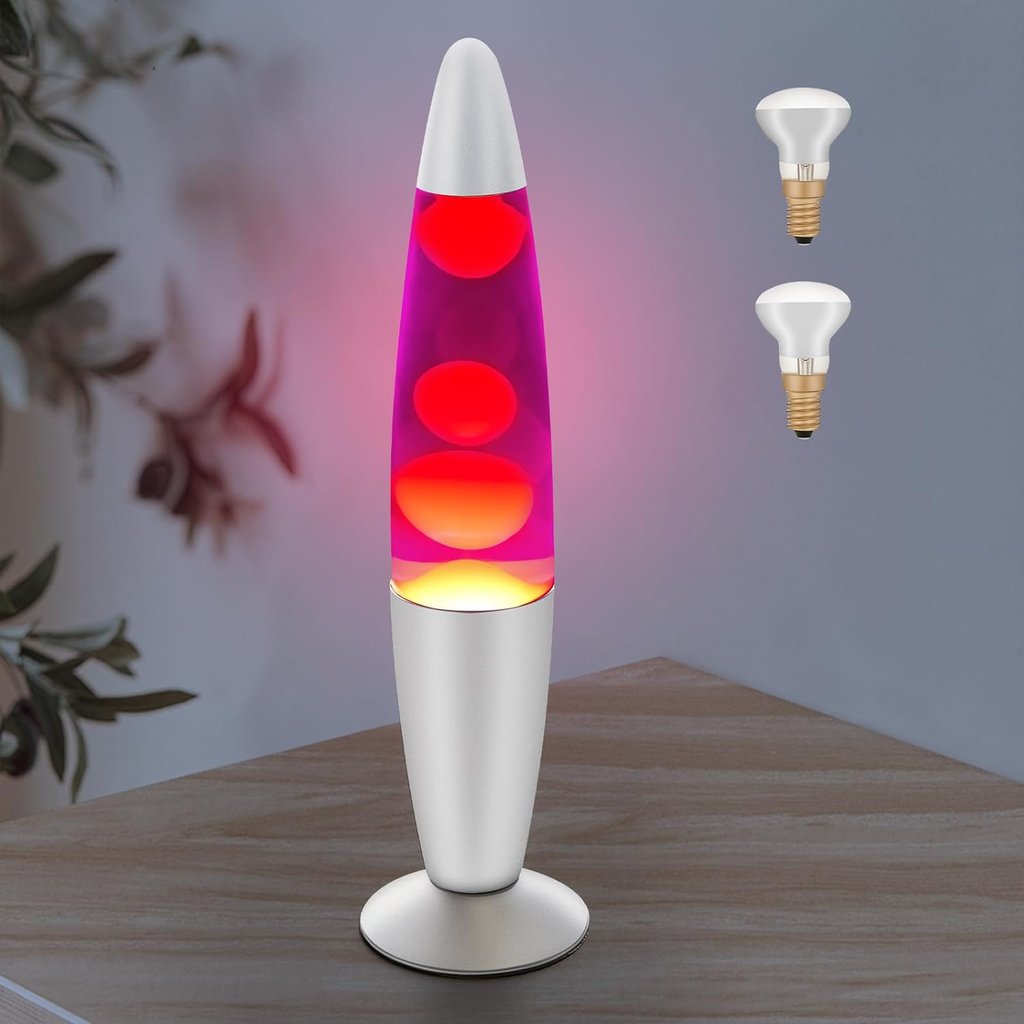
-
Are Lava Lamps a Fire Hazard?

-
Do Lava Lamps Go Bad? Exploring the Lifespan and Maintenance of Lava Lamps
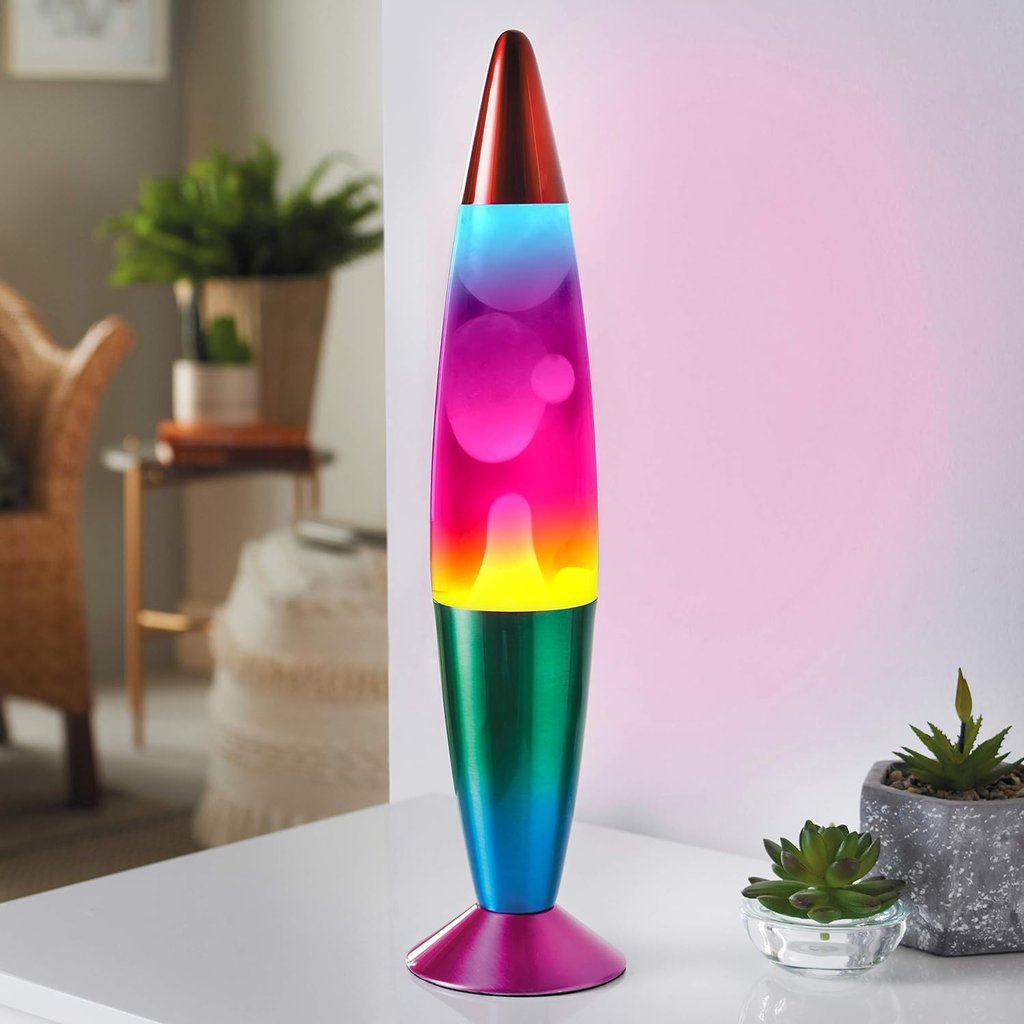
-
How Long Do Lava Lamps Take to Heat Up?
